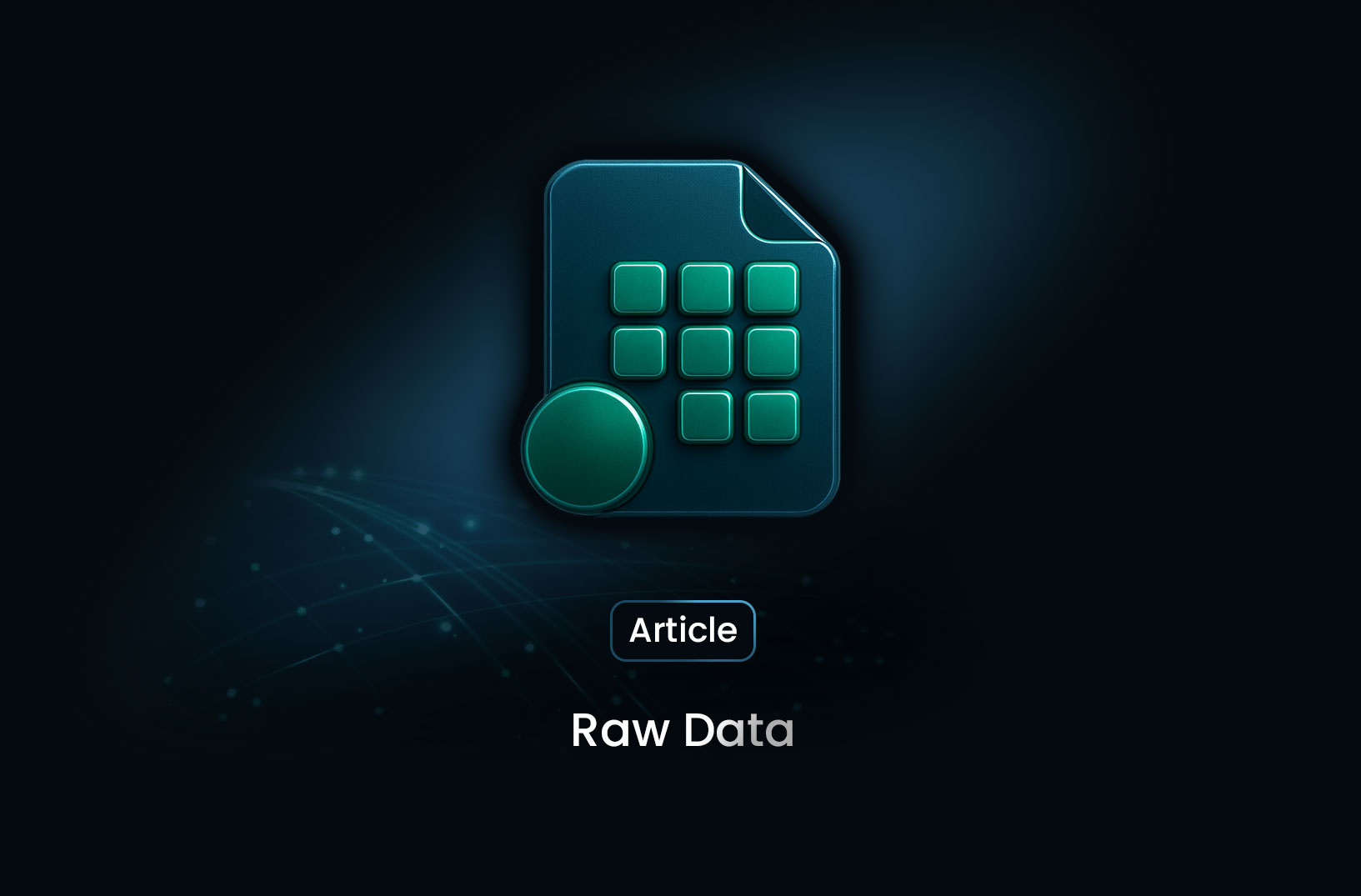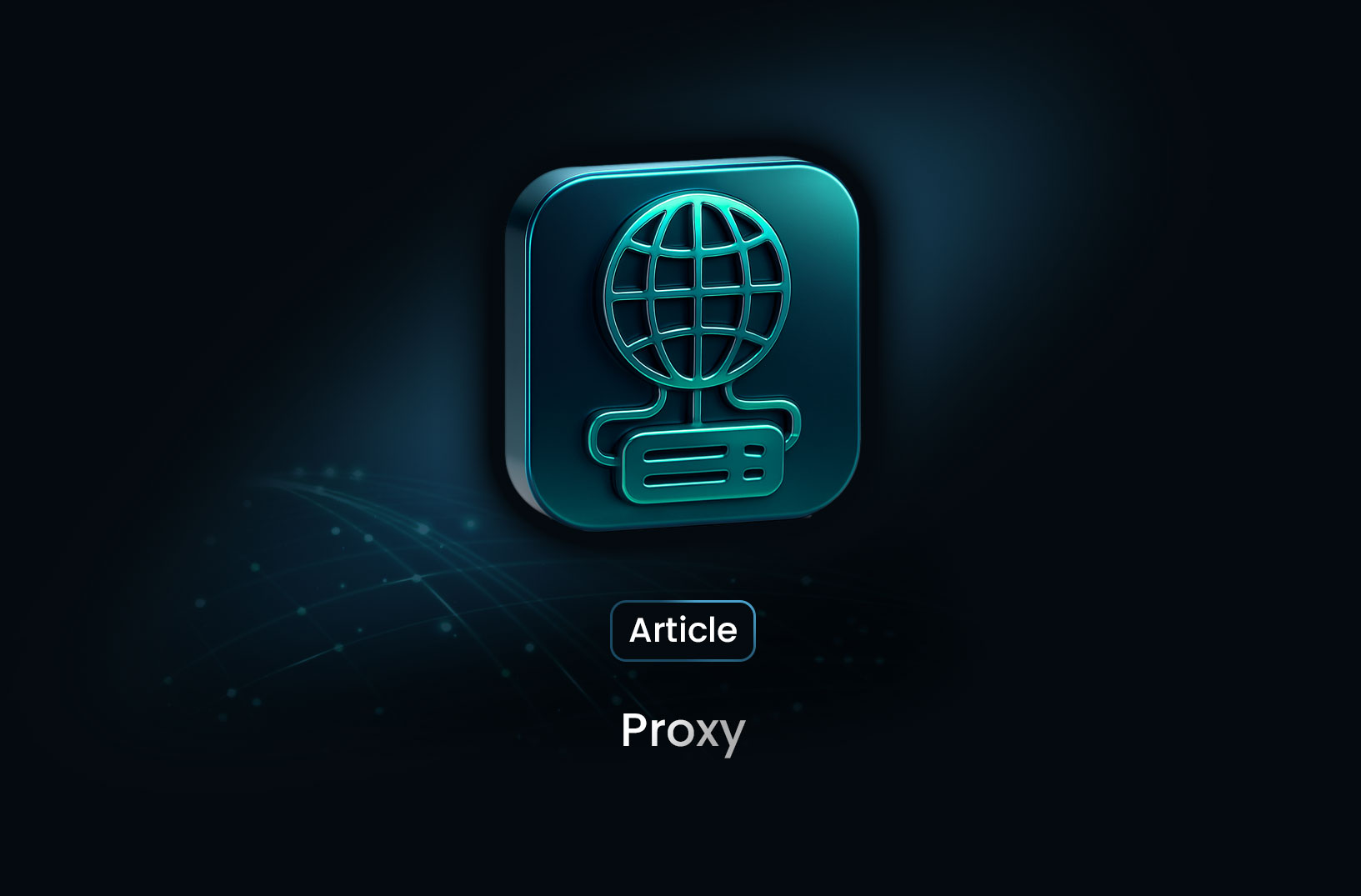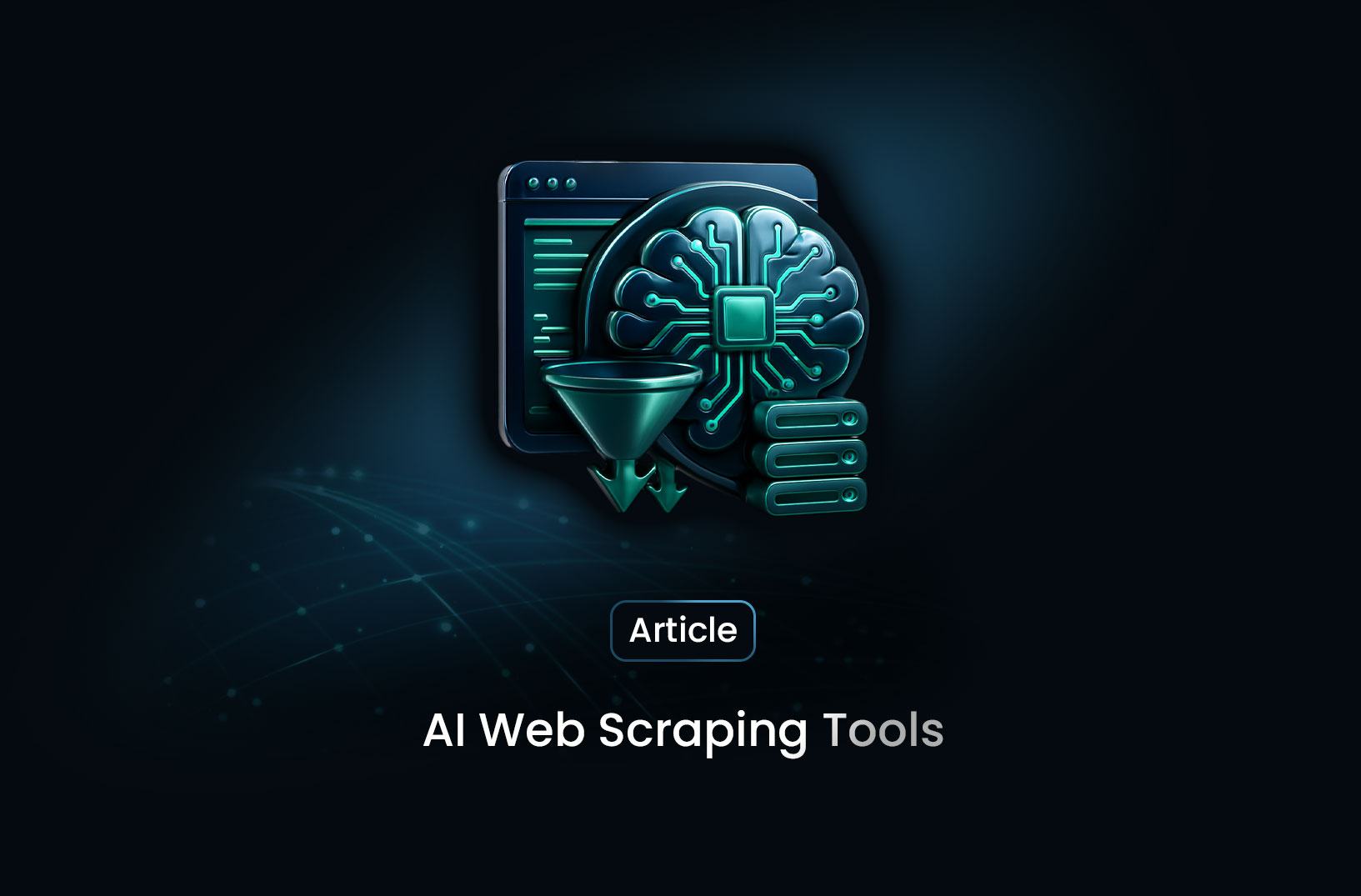
Understanding Raw Data: A Beginner Friendly Overview
ArticleRaw data is unprocessed information collected directly from a source before any cleaning or analysis. Learn how raw data works, why it's essential for analytics, and how organizations transform it into valuable insights.
Raw data is the foundation of today’s data-driven world. Every dashboard, predictive model, and business insight begins with raw, unprocessed information collected from various sources. Understanding what raw data is—and how organizations transform it—is essential for anyone working in analytics, development, research, or digital operations.
What Is Raw Data?
Raw data (also called source data or primary data) is information gathered directly from a source without modification, cleaning, or organization. It may contain:
- Errors
- Duplicates
- Inconsistencies
- Missing values
- Mixed formats
Even though raw data is messy, it holds the full original detail, making it extremely valuable for deeper analysis and flexible processing.
**Examples of Raw Data
Raw data appears in almost every field. Common examples include:
- Web scraping output (HTML, JSON, logs, timestamps)
- Sensor data from IoT devices
- Financial transaction logs
- User activity logs from apps or websites
- Survey responses before formatting
- Camera images, audio files, video recordings
- Customer support transcripts
- Telemetry and system monitoring logs
Anything captured “as-is” from a source is considered raw data.
Raw Data vs Processed Data
| Aspect | Raw Data | Processed Data |
|---|---|---|
| State | Unfiltered, unorganized | Cleaned, structured |
| Errors | Many | Minimal |
| Format | Mixed or inconsistent | Standardized |
| Usefulness | Requires work to use | Ready for analysis |
| Flexibility | High | Medium |
| Time to Use | Longer | Fast |
Raw data becomes processed data after cleaning, formatting, organizing, or aggregating.
Where Raw Data Comes From (Common Sources)*
Raw data is generated from many systems:
1. Digital Systems & Applications
- Web apps
- Mobile apps
- SaaS platforms
- Databases
2. Automated Tools
- Web scrapers
- Log parsers
- Monitoring tools
- Analytics platforms
3. Human-Generated Data
- Surveys, forms
- Customer feedback
- Interviews
4. Devices & Sensors
- Cameras
- Smart meters
- Industrial machines
5. External Data Providers**
- Public datasets
- APIs
- Third-party data marketplaces
Why Raw Data Is Important
1. It Holds Maximum Detail
Processed data often removes noise—but also loses nuance. Raw data preserves every data point.
2. Enables Deeper & Custom Analysis
Analysts can shape raw data however needed for:
- modeling
- segmentation
- prediction
- anomaly detection
3. Essential for Machine Learning
ML models need large amounts of raw information before feature engineering.
4. Improves Transparency & Auditability
Organizations must keep raw logs for:
- security audits
- compliance
- forensic analysis
5. Allows Reprocessing for New Insights
As needs change, raw data can be re-analyzed with new methods.
Challenges of Working With Raw Data
Despite its value, raw data has limitations:
- Requires cleaning before use
- Can contain sensitive information
- Often inconsistent or incomplete
- Takes more storage
- May include irrelevant noise
Organizations typically rely on ETL/ELT pipelines to automate cleaning and transformation.
How Raw Data Is Transformed
The transformation process normally includes:
- Collection — from web, sensors, logs, APIs, etc.
- Storage — in data lakes, cloud drives, or databases.
- Cleaning — removing errors, duplicates, and noise.
- Structuring — converting into rows, tables, or schemas.
- Processing — aggregating, analyzing, visualizing.
- Output — dashboards, reports, machine learning models.
Modern organizations often use data lakes specifically because they support storing raw data at scale.
Best Practices for Managing Raw Data
- Use a data lake (S3, GCS, Azure Blob) for large unstructured datasets
- Implement metadata tagging for easy retrieval
- Apply access control to protect sensitive information
- Maintain ETL/ELT pipelines for reliable processing
- Use versioning to track data changes
- Automate quality checks to monitor errors
Conclusion
Raw data is the starting point for every meaningful analysis. Though messy and unstructured, it holds tremendous potential when processed correctly. By collecting, storing, and transforming raw information effectively, organizations gain insights that drive forecasting, product optimization, decision-making, automation, and innovation.
If you're building data pipelines or analytics systems, understanding the role of raw data is essential—it’s the foundation of everything that follows.
Find more insights here

LunaProxy vs PYPROXY — Which Proxy Service Fits Your Needs in 2025?
Compare LunaProxy and PYPROXY in 2025 to find out which proxy service fits your scraping, automation...

Proxy 101: What Is a Proxy and Why It Matters for Web Scraping
Learn what a proxy is, how it works, the different types of proxies, and why proxies are essential f...

7 Most Effective AI Web Scraping Tools for Automated Data Extraction in 2025
A look at 7 AI web scraping tools that stand out in 2025—what they offer, how they work, and why MrS...
